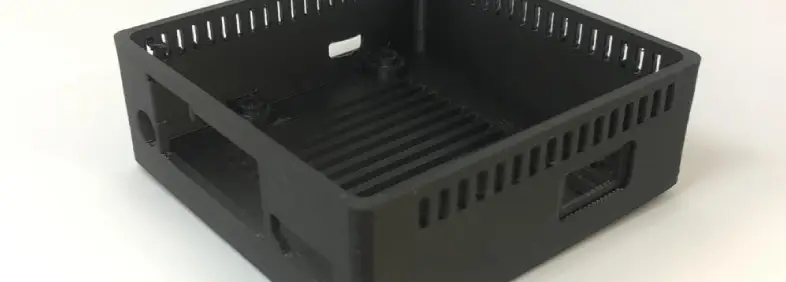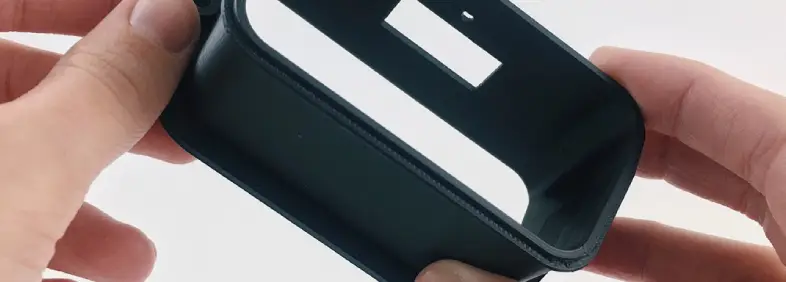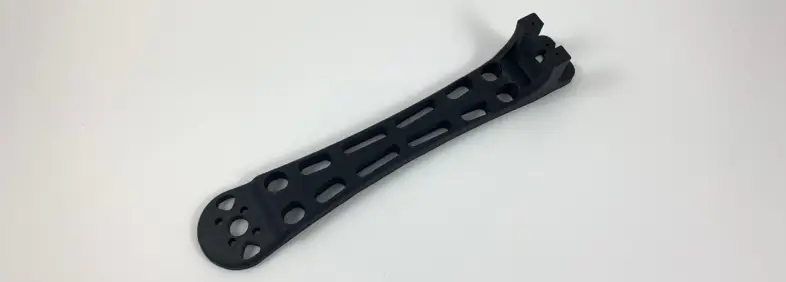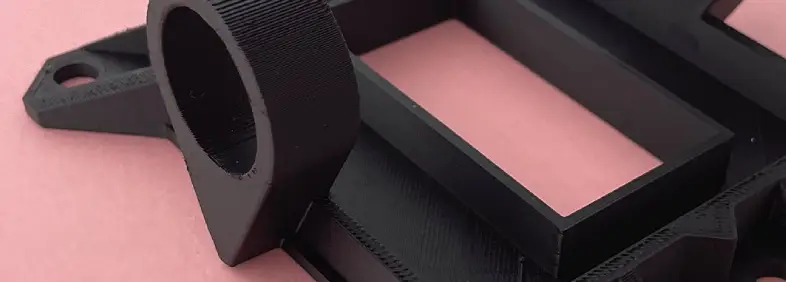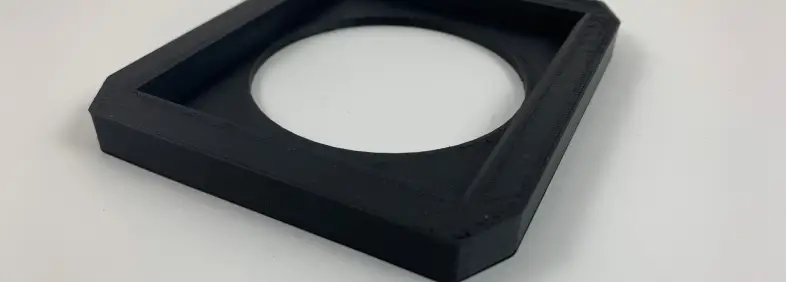Cart
3D Printing in ASA
ASA (Acrylonitrile Styrene Acrylate) is an advanced thermoplastic widely used in 3D printing, especially valued for its weather resistance and UV stability. It is ideal for outdoor applications where sun exposure and the elements can pose a challenge. Additionally, it offers excellent dimensional stability, making it perfect for functional parts that need to retain their properties in demanding conditions.
This compound stands out for its high impact resistance and long-term durability. This makes it an excellent choice for projects that require sturdy parts, both outdoors and in industrial applications.
